Formerly known as ‘the Green City in the Sun’, Nairobi used to be praised for its green parks, forests and even a national park within the city limits. However, the aerial map of Nairobi reveals significant disparities in the green coverage between the eastern and western parts of the city. An over all divergence in quality of life within the city is reflected by the segregated urban pattern, inequalities in population density, and access to green areas. Despite having few large green parks (such as Uhuru Park, Arboretum or Karura forest) most of Nairobi public spaces and especially small-scale open spaces in residential areas tend to be completely neglected, covered by the dumped garbage or disappearing under the common threat of land-grabbing.
The deterioration of public and green open spaces is not limited to Nairobi – statistics have revealed the loss of urban green spaces around the world. African cities are however leading in terms of the rate of deterioration of green spaces. The causes range from the fast urbanization rate, insufficient or outdated regulations, bureaucracy, corruption, lack of skills, financial constraints, to poverty and lack of awareness about the benefits of quality public spaces. As a result of these challenges, maintenance and upgrading of urban public spaces is not a priority for African governments and the spaces continue to degrade under the pressure of the increasing number of urban dwellers.
The deterioration of public and green open spaces is not limited to Nairobi – statistics have revealed the loss of urban green spaces around the world. African cities are however leading in terms of the rate of deterioration of green spaces. The causes range from the fast urbanization rate, insufficient or outdated regulations, bureaucracy, corruption, lack of skills, financial constraints, to poverty and lack of awareness about the benefits of quality public spaces. As a result of these challenges, maintenance and upgrading of urban public spaces is not a priority for African governments and the spaces continue to degrade under the pressure of the increasing number of urban dwellers.
Read the full article on The Journal of Public Space
Author: Anna Tehlova
Recommended by Luisa Bravo



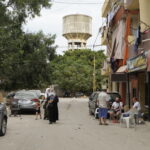
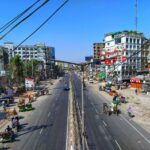
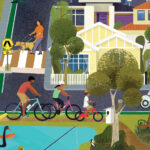
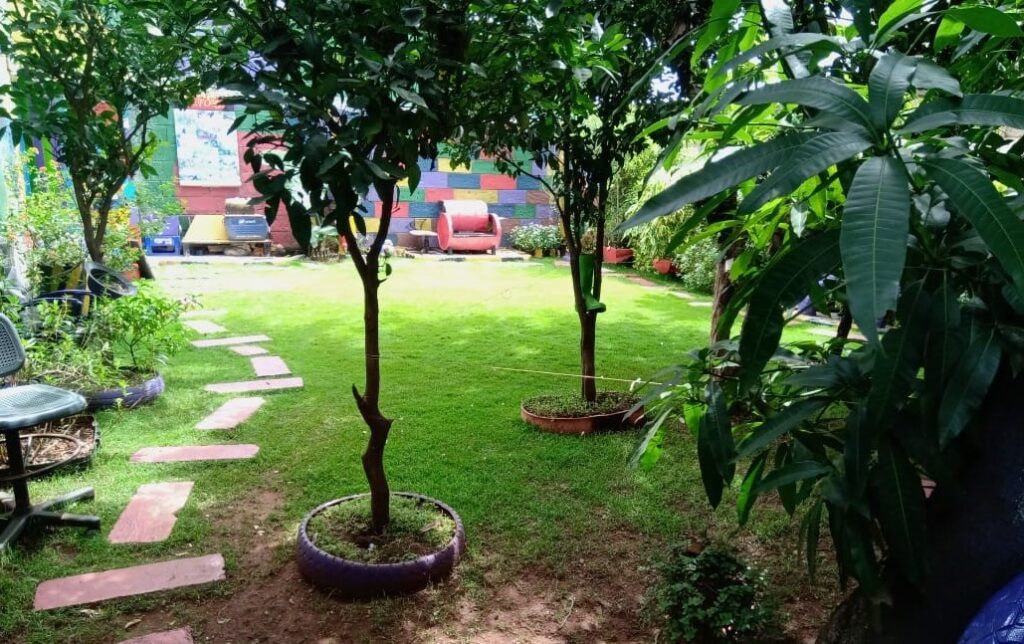
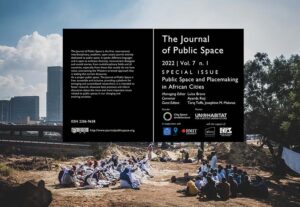


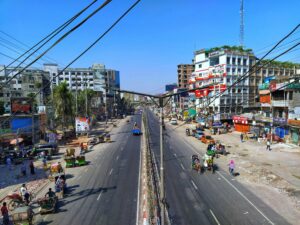
More Stories
Public Space and Placemaking in African Cities
Can public spaces be designed and managed for all in African cities?
Kamwokya Community Center by Kéré Architecture